In a video played at an event jointly organized by the ASEAN Foundation and Huawei in Bangkok in late April, Ms. Meng Wanzhou – daughter of Huawei founder Ren Zhengfei – said that the AI platform models are trained on global data, but there are large gaps between different countries and regions when it comes to accessibility and application. “These gaps will not close by themselves; we need to work together to bridge them,” she stressed.
Huawei CFO shared that Huawei will continue to work with partners in the fields of 5G, cloud computing, and digital energy to reduce energy consumption, as well as participate in digital transformation and AI initiatives across the Asia-Pacific region.
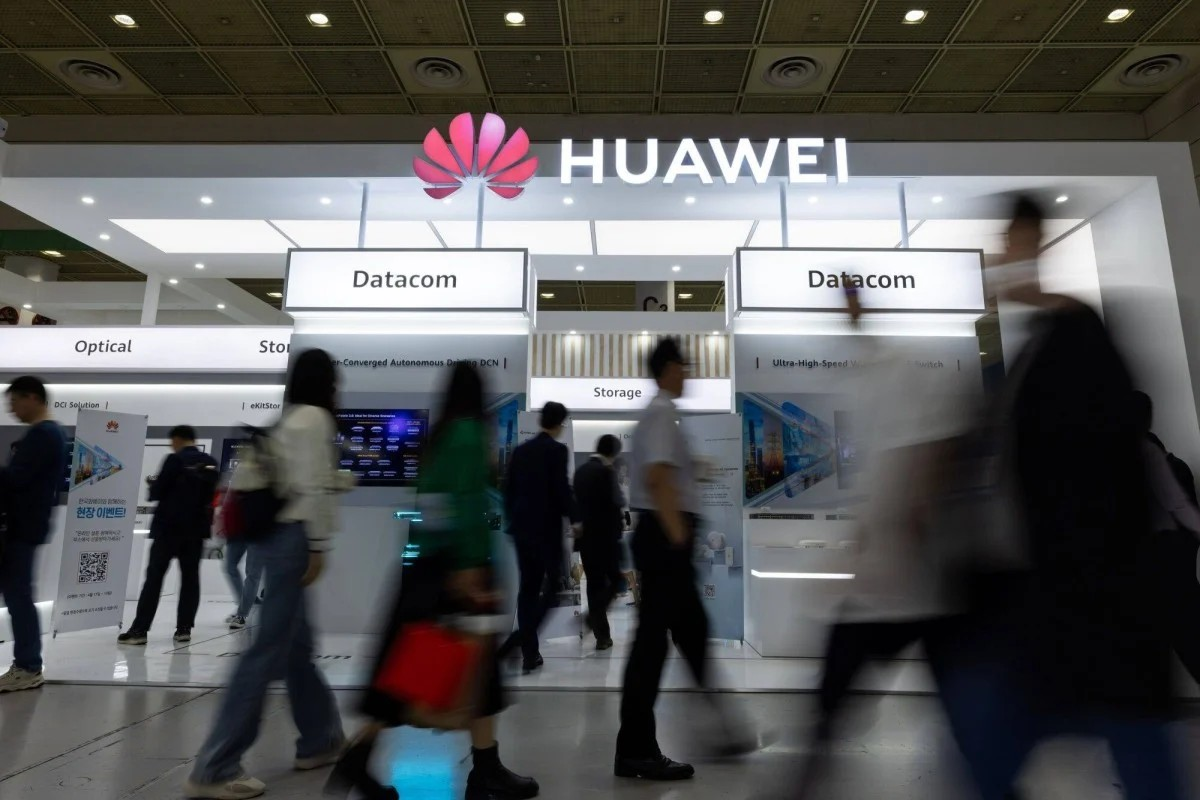
Since returning to China in 2021 after a three-year legal battle with the US and being placed under house arrest in Canada, Ms. Meng has assumed the rotating chairwoman position at Huawei, cementing her role as heir apparent at the Chinese tech giant. At a company event in Shanghai in September 2023, Ms. Meng said Huawei would adopt a new “All Intelligence” strategy to transform itself into a major provider of computing power, supporting China’s AI industry.
At the Bangkok event, Huawei's CEO said the company is looking to help accelerate the transformation of all industries. "We want to make everything connected, all applications modelable, and all decisions calculable," she said in the video.
Huawei's commitment to the Asia-Pacific market comes after years of falling sales in the region, since being placed on a US trade blacklist in 2019.
US-led technology restrictions on Huawei intensified after 2020, when it lost access to advanced semiconductors developed or manufactured with US technology, crippling its smartphone business that had surpassed Samsung Electronics and Apple in early 2020.
Huawei has diversified its revenue sources by venturing into new areas such as smart car operating systems, as well as providing digital and AI solutions to various industries and businesses.
Huawei said its revenue in Asia-Pacific fell 14.6% in 2023 to 41 billion yuan ($5.6 billion), despite continued growth in its cloud computing and digital energy businesses. The region accounted for just 6% of Huawei's total revenue in 2023, compared with 67% for the Chinese market.
In recent years, Huawei has expanded its presence in Asia-Pacific. In 2022, it launched a new cloud business in Indonesia and in 2023, it strengthened its relationship with Telkomsel in the field of 5G applications.
The company’s efforts have paid off. Huawei’s sales in the first quarter of this year reached 178.5 billion yuan, up 37% from 130.6 billion yuan in the same period in 2023, according to a recent filing with the National Interbank Funding Center. Huawei’s net profit for the quarter rose 564% from a year earlier to 19.6 billion yuan, according to the filing.
The growth comes amid a recovery in the smartphone business at home. The Mate 60 flagship, powered by a Chinese-made processor, helped revive domestic smartphone sales, which rose nearly 70% in the third quarter of 2023, according to research firm Counterpoint . The company also introduced its latest phone, the Pura 70, in April.
(According to SCMP)
Source





![[Photo] Ho Chi Minh City: Many people release flower lanterns to celebrate Buddha's Birthday](https://vphoto.vietnam.vn/thumb/1200x675/vietnam/resource/IMAGE/2025/5/10/5d57dc648c0f46ffa3b22a3e6e3eac3e)

![[Photo] General Secretary To Lam meets with Chairman of the Federation Council, Parliament of the Russian Federation](https://vphoto.vietnam.vn/thumb/1200x675/vietnam/resource/IMAGE/2025/5/10/2c37f1980bdc48c4a04ca24b5f544b33)














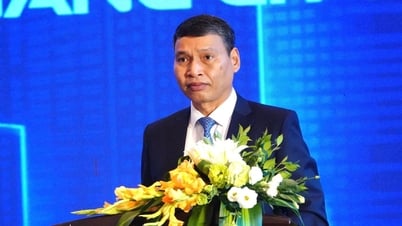











![[Video] 24-hour news on May 9, 2025: General Secretary To Lam officially visits the Russian Federation and attends the 80th anniversary of Victory Day in the Great Patriotic War](https://vphoto.vietnam.vn/thumb/1200x675/vietnam/resource/IMAGE/2025/5/10/5eaa6504a96747708f2cb7b1a7471fb9)


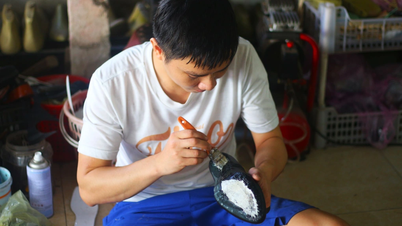

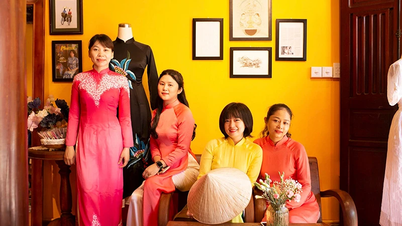

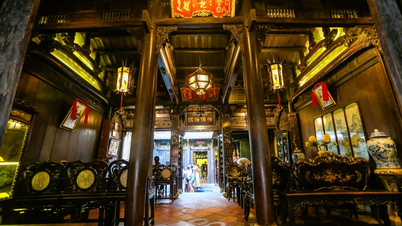
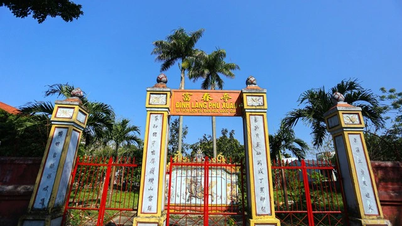

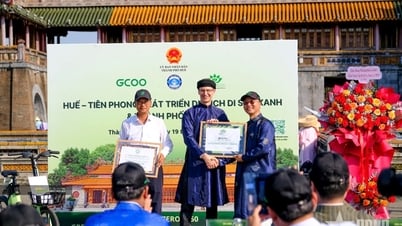

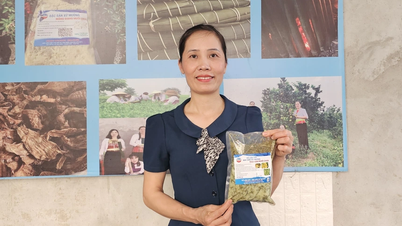

















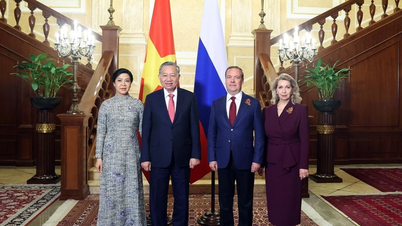

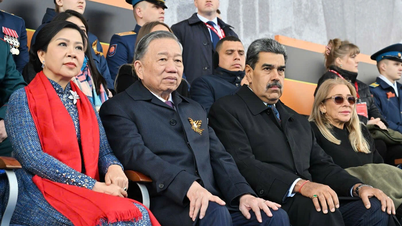





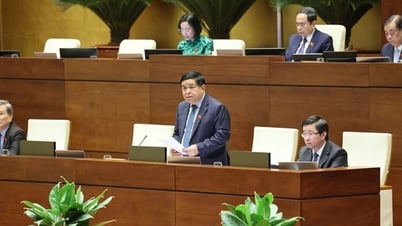

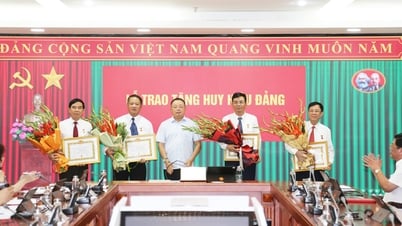

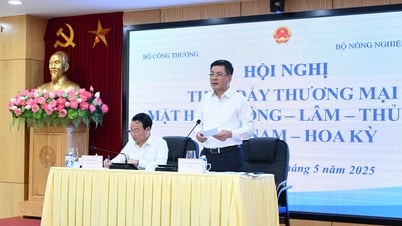


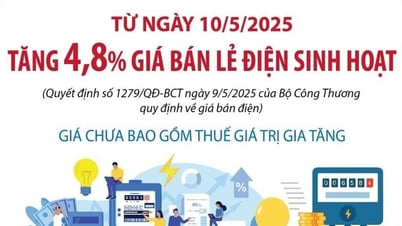


















Comment (0)